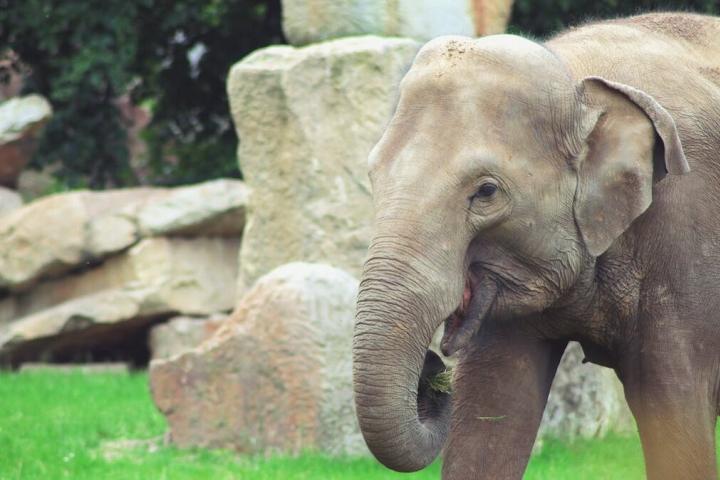
The project collected more than 10,000 images from eight cameras located in different parts of the Valley of the Elephants elephant complex. Over 13,000 elephant objects (images/silhouettes) were tagged in these images. Based on this data, an elephant detection model was trained using YOLOv8 technology, which is very accurate and can detect elephants even in low light conditions. From the collected data, a heatmap was created to show where elephants are most commonly found. Based on this information, a system was created that recommends the optimal camera for tracking elephants. This model is able to correctly recommend the camera with the largest number of elephants 62% of the time and the camera that captures at least one elephant 93% of the time, so viewers watching the live feed can simply choose the camera where they have a significant chance of seeing at least one elephant.
"When looking for a topic, this project appealed to me on first reading because I was interested in computer vision issues, but most importantly I wanted to do work that would have a direct positive impact," says Huu Quy Nguyen. "The keepers at Prague Zoo really liked the heatmaps showing the elephants' appearances throughout the day, as they seemed to match their experience," he adds.
It was further discussed to automate the system for recording the elephants' positions during the day, which would greatly ease the work of the keepers who currently do it manually. However, the resulting referral system is not yet in the deployment phase as it is based on historical data over a four month period and the rest of the year is not recorded.
Complete information HERE